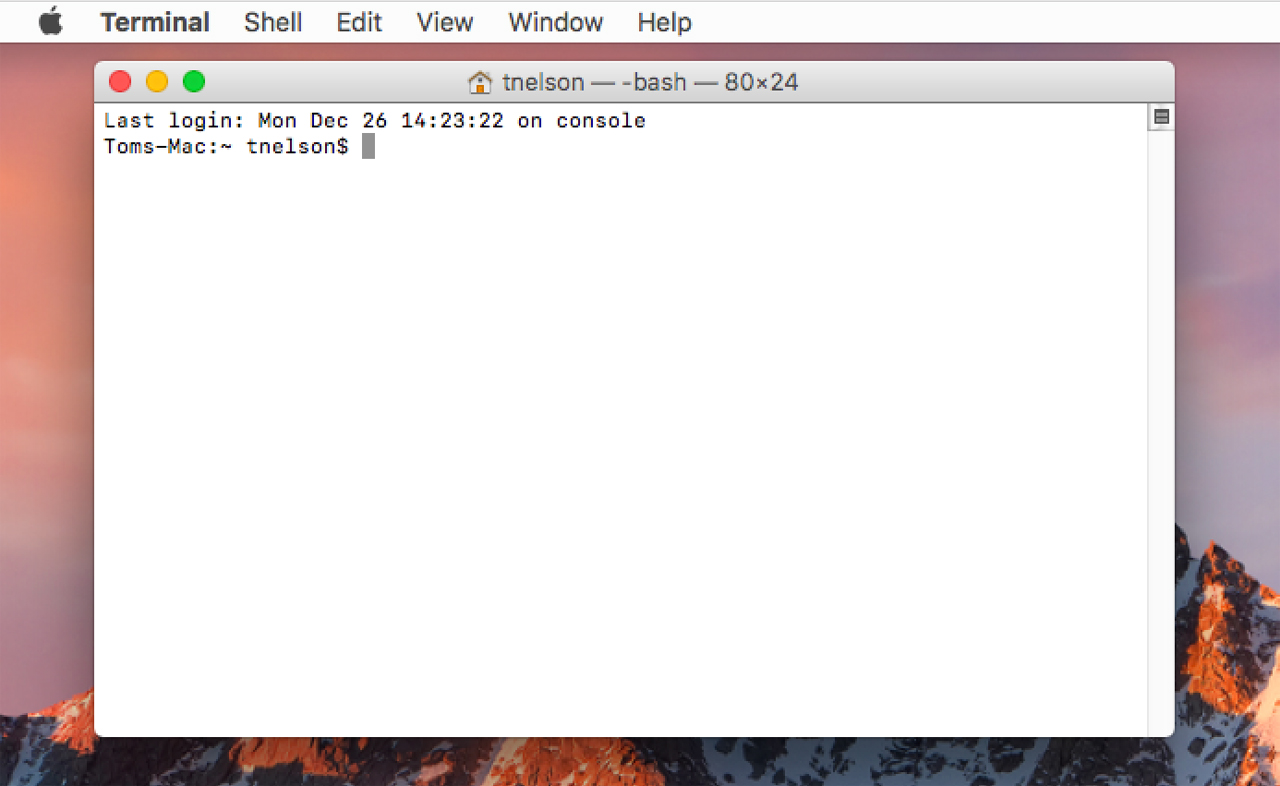


By default, grep prints the matching lines. The grep tool searches the named input files for lines containing a match to the given pattern. To locate a string within a file, use the grep tool. Tread thoughtfully and deliberately, and always remember to use the ‘ man‘ command to get details if you’re unsure. Search for text in a file using Terminal on Mac. The Terminal can be both handy and efficient, not to mention fun. “/Volumes/Back Seat Betty/usr/bin/du” -sh * My hard drive is named “Back Seat Betty” because I name all my drives after Miles Davis songs, so for me that command would be: If your hard drive name contains a space, it’s safer to wrap the whole thing in double quotes as I have just to make life easier. You’d modify the above command and add “/Volumes//usr/bin/” to the beginning of the statement, where is the name of your hard drive. Thankfully, your Mac’s normal hard drive has this, and it will work even if it’s in read-only mode. You’ll have to point to a different volume that contains it. Switch to superuser, which requires an administrative account. Unfortunately Recover Mode is a little different because the ‘du’ command isn’t included in the skeleton system you’re running. Launch Terminal, which you’ll find in Applications > Utilities. du will take them all.įor anyone doing this from the Terminal of a normally-booted Mac, this will work exactly as you see above. * – this is the filename target, and the asterisk means “everything that doesn’t start with a period.” You could specify a single directory here or a list, or individual files.Because we’re using two switches, s and h, we can combine them together with ‘ -sh‘ -h – this switch tells ‘du’ to output the sizes in ‘human-readable’ format.-s – this switch tells ‘du’ to show you one line per filename specified.
#Mac terminal find file full
As such, the Terminal app has the ability to show you the full path of any file located on your machine. Many Terminal commands require you to enter in the full path of the file. When an app is run on your Mac, OS Xs GateKeeper feature will validate the.

Use the Terminal to Reveal a File Path on Mac. You can use digital signing to both automatically and manually determine if. So you understand what you just typed (or are about to type): It’s a straightforward way of getting a file path and works if you’re using the Finder often. By issuing ‘du -sh *’ in the Terminal I can see the sizes of all my files and folders


 0 kommentar(er)
0 kommentar(er)
